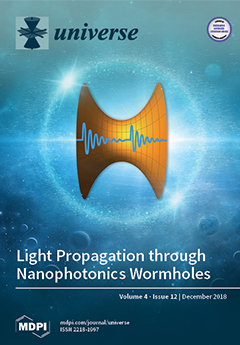Due to the so-called
3He shortage crisis, many detection techniques for thermal neutrons are currently based on alternative converters. There are several possible ways of increasing the detection efficiency for thermal neutrons using the solid neutron-to-charge converters
10B or
10B
4C. Here, we present an investigation of the Micromegas technology. The micro-pattern gaseous detector Micromegas was developed in the past years at Saclay and is now used in a wide variety of neutron experiments due to its combination of high accuracy, high rate capability, excellent timing properties, and robustness. A large high-efficiency Micromegas-based neutron detector is proposed for thermal neutron detection, containing several layers of
10B
4C coatings that are mounted inside the gas volume. The principle and the fabrication of a single detector unit prototype with overall dimension of ~15 × 15 cm
2 and its possibility to modify the number of
10B
4C neutron converter layers are described. We also report results from measurements that are verified by simulations, demonstrating that typically five
10B
4C layers of 1–2 μm thickness would lead to a detection efficiency of 20% for thermal neutrons and a spatial resolution of sub-mm. The high potential of this novel technique is given by the design being easily adapted to large sizes by constructing a mosaic of several such detector units, resulting in a large area coverage and high detection efficiencies. An alternative way of achieving this is to use a multi-layered Micromegas that is equipped with two-side
10B
4C-coated gas electron multiplier (GEM)-type meshes, resulting in a robust and large surface detector. Another innovative and very promising concept for cost-effective, high-efficiency, large-scale neutron detectors is by stacking
10B
4C-coated microbulk Micromegas. A prototype was designed and built, and the tests so far look very encouraging.
Full article





